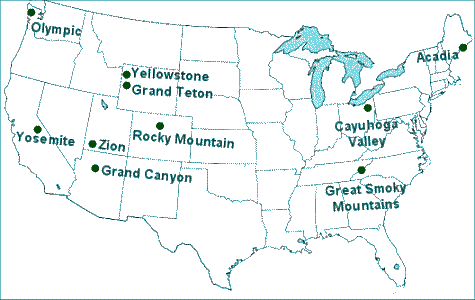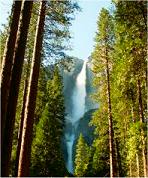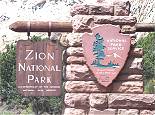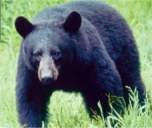|
The Feel-Good Guide to Sports, Travel, Shopping & Entertainment
|
| Main | Sports Events | Holidays & Observances | Pop Culture | Shopping | Travel |
|
MAIN
Most popular US national parks Although lots of Americans will wax poetic over a favorite national park, the numbers by attendance truly tell the story. Just up ahead,
go on a virtual tour of some of the country's most visited national
parks — including a trip down south to the Great Smoky Mountains
(9 million visitors per year), out west to the Grand Canyon (5
million), as well as "Down East" to one of the smallest
national parks, Acadia National Park near Bar Harbor ME, which
continues to boast 3 million visitors annually:
Often described as "America's best invention", the US was the first country on earth to set aside large swaths of natural wilderness for public use at the turn of the 20th century. Getting In The first stop for many travelers to a US national park is the main visitor center. Here you can pay any applicable entrance fees, pick up maps or get driving directions, schedule a ranger-led walk or tour, or reserve last-minute lodging. In many national park visitor centers, guests can also stop to watch videos or full sit-down movie theater productions (some on giant IMAX screens) to help them get acquainted with the park. Snacks, rest rooms and phones are also usually available.
The pass applies to entry fees only. Camping, backpacking and any other fees still apply. For senior citizens 62 or older, the pass is only $10, but must be applied for in-person at a national park. There are also free entrance days to national parks when all National Park Service sites that charge an entrance offer free admission to everyone, normally on holidays such as Martin Luther King Jr. Day and Veterans Day. US national parks campgrounds, lodging and hotels Stephen T. Mather, the first Director of the National Park Service (1917 - 1929), set the tone for the early days of National Park accommodations. "Scenery is a hollow enjoyment to the tourist who sets out in the morning after an indigestible breakfast and a fitful night's sleep on an impossible bed." For many years, NPS hotels were comfortable enough to attract the most experienced travelers -- and the wealthiest! The buildings were early experiments in "parkitecture" -- architecture designed to fit in with, and even compliment, the natural setting. The Ahwahnee, Yosemite National Park's luxury hotel, is a good example of this and was built under Mather's direction. While current feeling runs toward keeping nature areas free from the impact of hotels and lodging, a handful (most notably Yosemite, Grand Teton and Yellowstone) still offer luxury accommodations, full service restaurants and other amenities within its borders. A few cabin clusters are just as comfortable with some even offering TV. For more rugged adventure travelers, most national parks feature accommodations for tent campers as well as RV campers — with the latter number having recently skyrocketed to more than 2 million per year — as retired baby boomers pack up the RV and hit the road to see America. What to see and do inside a national park With time to spare, travelers might take weeks or months to see and experience all that national parks have to offer. However, for those with limited time, driving loops or specially-designated roads through the park are usually available featuring stops at major attractions, hiking areas, and scenic lookouts.. To further limit environmental impact, many of the big parks will also provide shuttle bus service that takes guests through some of the most popular areas and scenic views for free. Besides camping, backpacking, mountain climbing, fishing, horseback riding, hiking and other adventure travel, the parks are "naturals" for family-friendly excursions. These might include self-guided drives, fall foliage tours, nature watching, birdwatching, bicycling, picnicking, and photo safaris. Or, you can simply enjoy the solitude. Welcome to the US National Parks — where visitors can commune with nature, take in the fresh air, bask in abundant sunshine, or revel in spectacular 360-degree views of America the Beautiful .... More about US national parks around the web: U.S. National Park Service - The official government site featuring a complete travel guide with facts & information on entry fees, lodging, news & events, ranger-led activities, photos, maps, and driving directions to every national park in America.. U.S. National Parks - National Geographic - Eye-popping photos, slide shows, videos, feature stories, and facts and information about every major park in the nation. Geology
of National Parks - Not as dry as it sounds, with spectacular
3D and photographic tours, related news and information resources. |

 While many other areas of the world boast ruins of ancient civilizations, the comparatively young nation of the USA still stands proud as the historic innovator of the national park.
While many other areas of the world boast ruins of ancient civilizations, the comparatively young nation of the USA still stands proud as the historic innovator of the national park.



